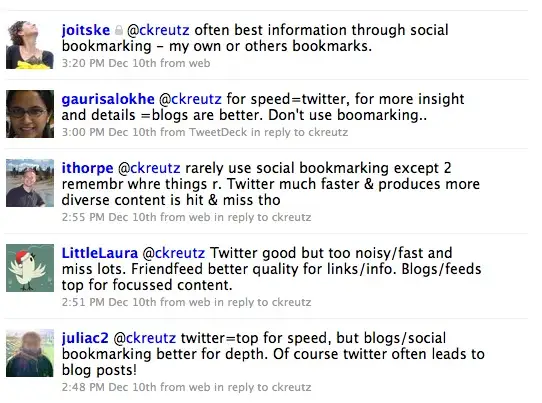A shift in information sharing: Faster, more intensive and direct
Something has changed. Information sharing isn’t what it used to be. We are in a middle of a network transformation as information sharing becomes faster, more intensive and more interconnected. In terms of collaboration and innovation, it is exciting, but in terms of speed, we might reach our limits. Twitter is the gravitation center of these changes, showing us how things will develop further:
- Speed: Sharing and interaction becomes amazingly fast through real-time web.
- Intensity: An explosion in “fast food content” shared across networks.
- Crisscrossed: Networks are not only growing exponentially in size, but also in their density.
Speed
Not so long ago, information sharing in open and loose networks used to take days. One could see how the news or an article was bookmarked in Delicious, bookmarked by other in the next days and sometimes developed to a larger wave until bloggers picked it up and a conversation emerged here and there. It was the start of the social web, which now seems to be outdated if one looks at the breathtaking speed of tweets. Whereas before some waves were drifting through the ocean - nowadays the sea is full of waves wandering across networks in minutes. Welcome to the real-time web. Want to know what is going on somewhere right now? Have a look at Twitter search and you may find out because most probably, someone will be there. For certain requests this search is excellent. Even Google has acknowledged it recently and started to include tweets into its search. The Internet turns into a central nerve system. I have asked how people share and search information nowadays through Twitter and these are some of the interesting feedbacks I have got, most related to speed: (Thanks for sharing!)

Intensity
Amit Agarwal has an interesting comparison on how people used to share information and how drastically it has changed. Whereas in 2008 email was still leading with over 30%, it is now bypassed by Facebook for sharing links with nearly 30%. In second place come emails with 13,8% and then Twitter with 11%. It shows how information sharing across networks becomes a truly mainstream activity. But it seems as if sharing was being dominated by short content or “fast food content,” as Michael Arrington calls it. He mainly talks of aggregated content but also discusses "the end of hand crafted content.” The ‘read/write’ web offers an explosion in content creation and micro-blogging; as Twitter seems to the right channel for sharing information.
Crisscrossed
From my observations, the explosion in network connectivity is the most fascinating one. The exponential growth of networks can be counted everywhere, but more fascinating is the growing density within networks. Particularly on Twitter with its low barriers for connections and openness, new connections are being built easily and interaction is a core piece behind it. This can really bring people, expertise and ideas together. One such example is the ICT4D field. Two years ago there were more or less loosely linked communities around the Internet. Now you can tap into a community within a short time through searching social networks a la Facebook or Twitter. I wish there was a study on what this new density of interaction and many links between people bring, in terms of collaboration and innovation.